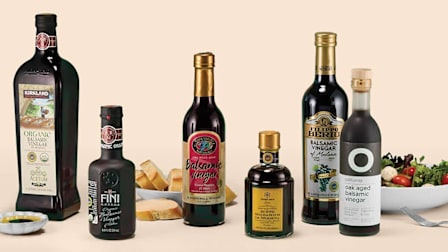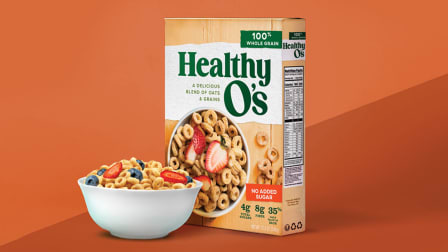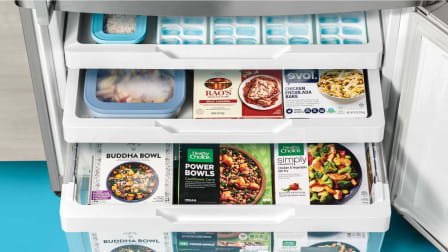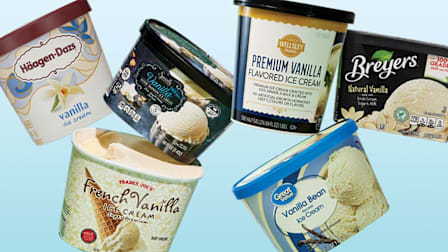Are 'Natural' Sweeteners Better for You?
The truth about honey, maple syrup, and agave
You probably know that getting too much sugar isn’t good for you, and that there are health concerns about using artificial sweeteners, such as aspartame. But we all want something sweet on occasion. Honey, maple syrup, and agave are often touted as natural, better-for-you options. If you switch from sugar to one of these, are you doing your health a favor?
We won’t sugarcoat the truth: "They’re just sugar in liquid form," says Wesley McWhorter, RDN, director of lifestyle medicine for Suvida Healthcare in Houston. In fact, honey, maple syrup, and agave have slightly more calories than granulated sugar, which has 16 calories and 4 grams of sugars per teaspoon. So, as with all added sugars—the types that are added to food—you should minimize their intake. The American Heart Association recommends that women get no more than 25 grams of added sugars a day and men no more than 36 grams.
Honey and maple syrup do have nutrients, while white sugar has almost none. That gives them a slight edge, but you’d have to consume more than what’s desirable to get any real nutrition from them. The true advantage may simply be the flavor that some of these sweeteners bring to the table. "Their unique tastes can enhance specific recipes," McWhorter says. In some cases, that means you can use less to flavor your food.
Honey
21 calories, 5 grams of sugars per teaspoon
Honey contains antioxidants, but the amount and kinds of those compounds differ depending on the type of honey (such as acacia, buckwheat, or clover).
Maple Syrup
17 calories, 4 grams of sugars per teaspoon
Like honey, maple syrup contains disease-fighting compounds. In a Canadian study, researchers analyzed maple syrup and found 23 different antioxidants, and they think there are many more beyond those they were able to identify. But be sure to use pure maple syrup. Pancake syrup (aka table syrup) is essentially flavored corn or high-fructose corn syrup and has no antioxidants.
Best uses: Whisk it with grainy mustard to use as a topping for salmon. Or add olive oil and apple cider vinegar to transform the maple/mustard mixture into a delicious salad dressing.
Agave
21 calories, 5 grams of sugars per teaspoon
Agave has gained attention for having a very low glycemic index (lower than sugar, honey, or maple syrup), meaning it has less of an impact on blood sugar. But it’s high in a type of sugar called fructose. "Excessive fructose intake has been linked to liver issues like increased fat storage and insulin resistance," McWhorter says. The effects are greater when a lot of fructose is eaten in a short period of time. (This isn’t a concern when it comes to fructose found in whole fruits. They’re a much less concentrated source of the sugar.) You can slow fructose absorption by eating agave-sweetened foods with fiber, fat, and protein, such as whole grains or nuts.
Best uses: Agave adds sweetness but not much flavor. Its honeylike consistency, however, makes it a good option for stirring into drinks because it easily dissolves in cold or hot liquid.
Editor’s Note: This article also appeared in the December 2023 issue of Consumer Reports On Health.
Correction: A previous version of this article, originally published Dec. 12, 2023, stated that honey has 23 different antioxidants. It should have said maple syrup.

















